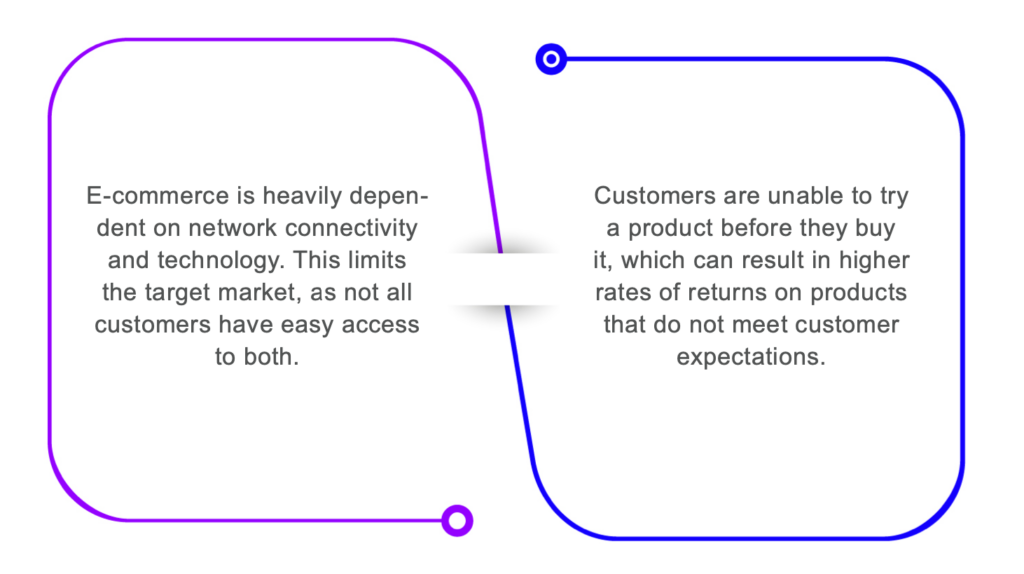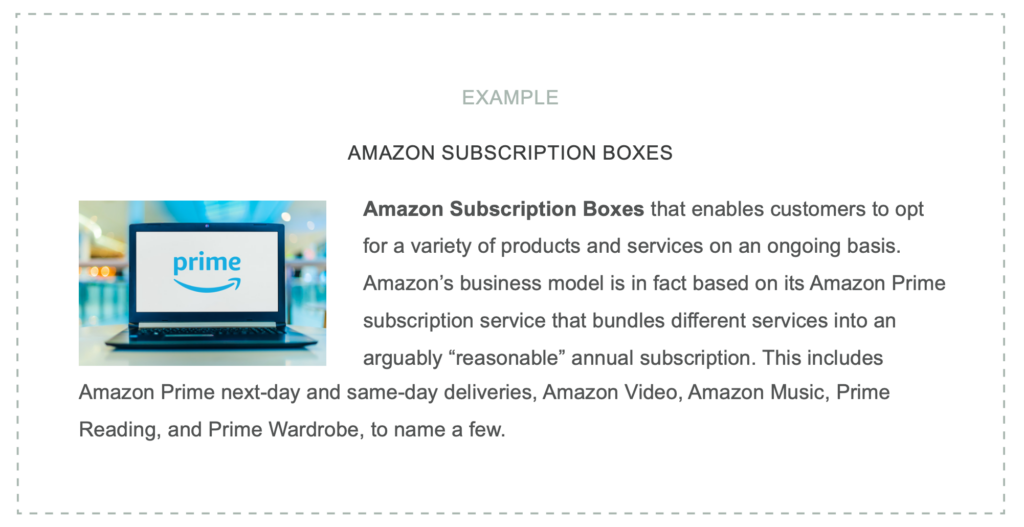For many businesses today, e-commerce is as important an avenue for selling their goods and services as a brick-and-mortar store. In fact, millions of sellers around the world rely solely on e-commerce, transacting through retail websites including Amazon, and virtual marketplaces like eBay on a daily basis. E-commerce provides the opportunity to reach larger markets, to grow your brand on a national and international scale, and to deliver your goods and services in a way that is cost-effective.
What is e-commerce?
As you might have guessed, the ‘e’ in e-commerce is short for ‘electronic’ commerce. It is also known as internet commerce. Put simply, it refers to commercial transactions, or the buying and selling of goods, conducted over the internet. Each time you use the internet to buy or sell a product, or service and transfer money electronically to make these transactions, you have participated in e-commerce.
What is the benefit of e-commerce?
A few advantages of e-commerce include:

· Expanding a business’s reach. This is probably the most compelling argument in favour of using e-commerce. By not engaging with customers through e-commerce, we limit ourselves to only those customers with whom we can physically interact, typically restricting us to a small geographical area.
· Revenue growth. This is the beneficial outcome of expanding reach. The primary aims of any business are profitability and growth. Attempting to do business solely through traditional brick-and-mortar facilities can limit revenue channels. By expanding its reach, a business opens revenue channels for itself.
· E-commerce can reduce business expenses by helping you save on real-estate and overhead costs that are synonymous with brick-and-mortar facilities. It can also help you save on staff costs that would be required for more traditional businesses.
Where there are advantages there are often disadvantages too. Although the advantages of e-commerce far outweigh the disadvantages, it is important to keep them in mind.

Types of payments
Before getting into e-commerce platforms, it’s important to know the payment options that are available for your business. There are four to consider:

Any transaction that takes place on a single occasion and is carried out outside of an established business relationship, or between two parties that do not regularly transact with each other, is defined as a one-off transaction. For example, paying for a DSLR camera with cash. The benefit of this payment option is that it’s relatively straightforward. However, it doesn’t generate recurring revenue, so you need to constantly seek new customers.

Unlike one-off transactions, subscriptions allow you to generate ongoing revenue on a regular basis in exchange for a product or service. It is the most valuable payment option in the long term. This is cash you can count on, every month, which provides security and allows you to plan for the future. However, most people expect discounted rates in exchange for regular payments, which adds up to less revenue in the short term.


As with subscriptions, these are regular payments, the difference being that the amount each month can vary, depending on usage. This allows businesses to gain customer loyalty, as customers usually prefer to pay according to their usage requirements.

The final payment option is based on an auction system where the customer bids what they would like to pay for a particular product. This can be advantageous for the seller, as the higher the demand for a product, the higher its price. You can set a cap on the minimum amount to reduce the possibility of a product being undervalued. eBay’s auction-style listings are an example of this payment option.
E-commerce platforms
It’s highly probable that you might have seen and even used an e-commerce platform to buy a product. These online or virtual marketplaces enable buyers and sellers to come together. From an e-commerce perspective, there is no doubt that online marketplaces are where the majority of e-commerce transactions take place.
These markets are typically divided into international players, such as Amazon and eBay, and local players such as Konga in Nigeria, or Tokopedia in Indonesia. On these platforms, sellers such as yourself have the option of setting up a page to sell their product or service. To get the most out of these platforms, here are a few things to keep in mind:

The higher the ratings and number of positive reviews that you get for your offering, the higher your product page will be ranked. Try and get as many buyers as you can to give you a positive review, as early as possible, because the most important time to gain from positive feedback is when your page goes live. One of the ways in which you can provide customers incentive to review your product or service, is by offering them the chance to participate and win prizes in a contest.

The more products you sell, the higher and quicker they will move up the ranking on e-commerce platforms. Number of sales is the highest ranking factor, so you need to make your page as appealing as possible by including videos, descriptions, pictures, and testimonials.

Ensure you use the most popular keywords in your product pages to be higher up in the rankings. These work in a similar way as we discussed in the SEO video.

You can use the e-commerce platform’s warehouse to store your products, making it easier, cheaper and quicker to sell in other regions and international markets. Amazon is widely regarded to be a market leader in this respect with its fulfilment offering. For details, visit the Fulfilment by Amazon page: https://services.amazon.co.uk/services/fulfilment-by-amazon. Interestingly, Amazon’s Fulfilment service has also been found to increase customer trust in a purchase decision, which could be a crucial factor when looking to stand out from similar competitors in the marketplace.
Social media e-commerce
Do you know that you can sell directly from social media platforms, including Instagram and Facebook? This has its advantages, as the customer can see, engage with, and buy the product from the same place, making for a seamless experience, and also one that is very convenient.
There are three ways this can be achieved: business pages, shoppable posts, and live streams. Let’s go through each of these.

A business page is very important as it’s the hub that your customers will keep returning to. This page acts like a shop window, but instead of just giving potential customers information about your product, it gives them a richer insight into your brand, and why they should be part of your community. Advantages of having a business page on platforms like Facebook, Instagram, and LinkedIn include enhanced analytics and insights into user engagement, which are key for generating revenue.

Shoppable posts on platforms like Instagram and Facebook allow you to label items that can be purchased directly with just a few clicks. This integration between advert and e-commerce presents a fantastic opportunity for you to shorten the purchase journey for your customers and thereby increase conversions. Since posts go out to your existing followers, and their followers if amplified, you already have a large base of potential customers, who can view your posts and purchase them at the same time.

Using live streams is an effective way to get people to engage, to check out your latest offerings through product demonstrations, and answer any questions they might have in real time. You can livestream on social media platforms and certain online marketplaces, including Amazon Live. Live streaming could be more beneficial for your business using social media, to your existing community.
There are two options to livestream across social media: You can use the in-platform ‘live’ functionality that most social media platforms have, or use a third-party tool such as Zoom (https://zoom.us/), or YouTube Live (youtube.com/livestreaming) to stream across your social media channels at the same time, thereby increasing your reach and effectiveness.











